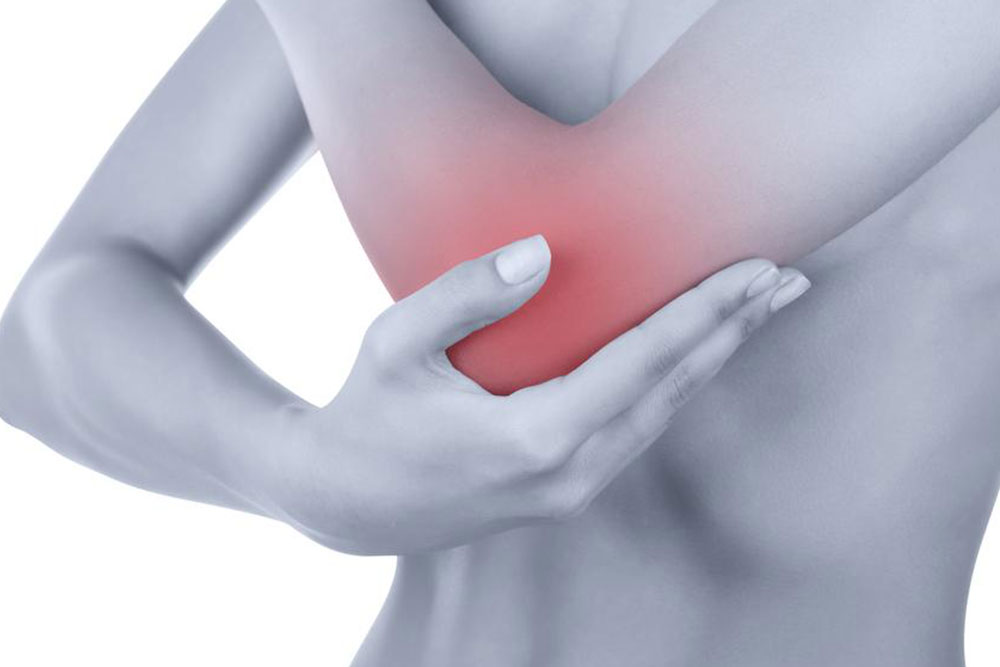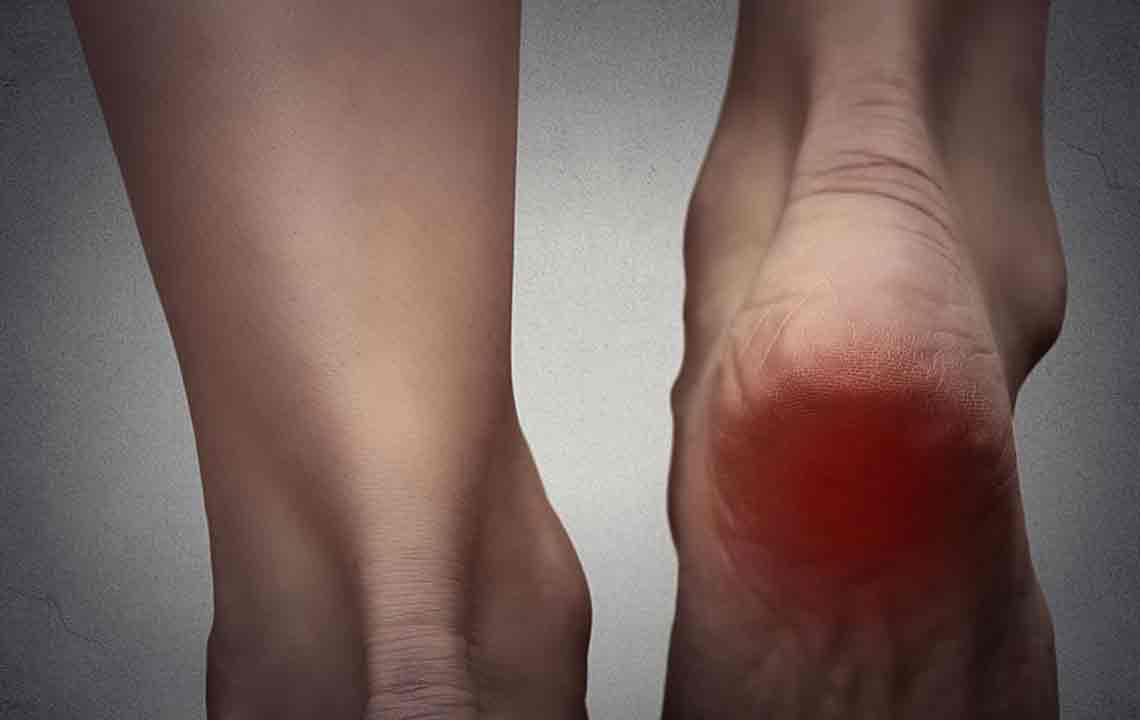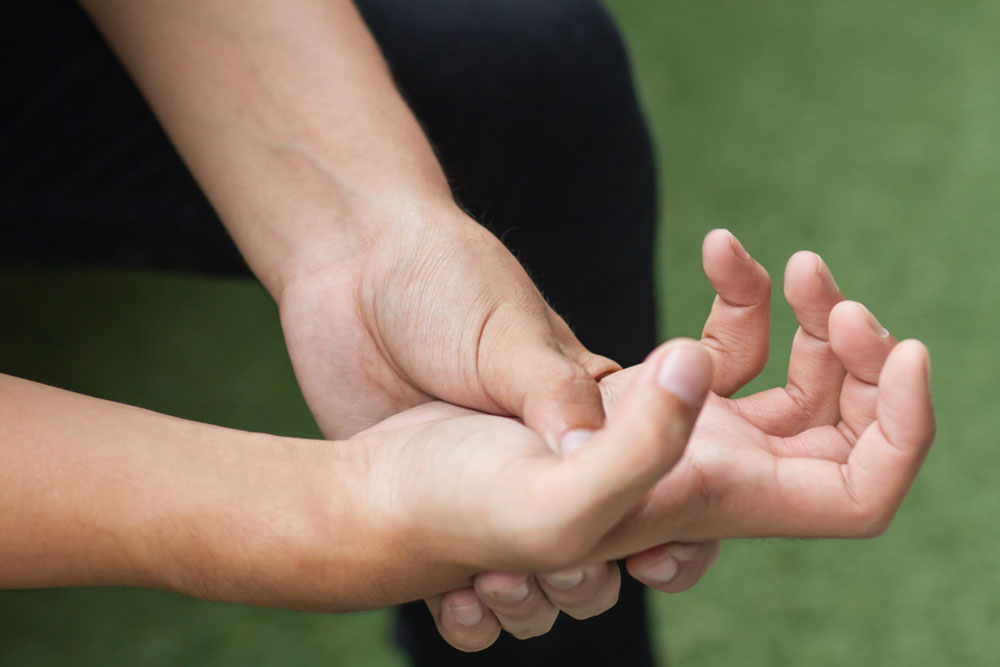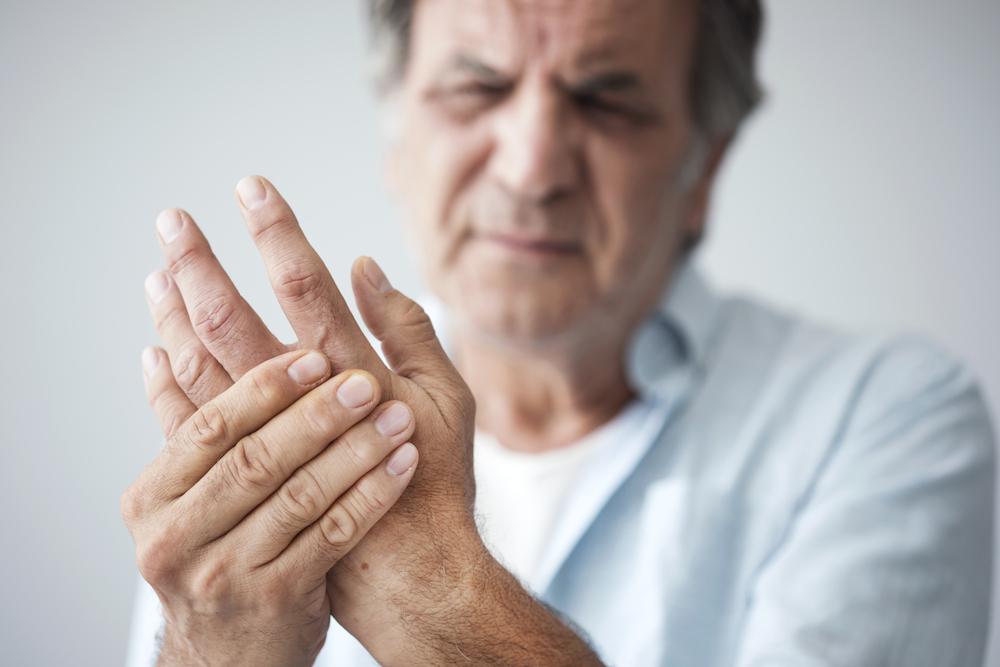Comprehensive Guide to Bursitis: Understanding Types, Symptoms, and Effective Treatment Methods
This comprehensive guide explores bursitis, detailing its types, symptoms, diagnosis, and modern treatment options. Understanding bursitis helps sufferers recognize early signs, seek appropriate care, and adopt lifestyle changes to reduce inflammation and prevent recurrence. The article emphasizes physical therapy and home exercises as key components of long-term management, promoting joint health and mobility. Recognizing the importance of timely intervention can significantly improve recovery outcomes, making bursitis a manageable condition for many patients.

Bursitis is a common condition characterized by inflammation of the bursae, which are small fluid-filled sacs that cushion and lubricate joints, enabling smooth movement. This condition often manifests as joint pain, swelling, and restricted mobility, impacting individuals across various age groups and lifestyles. According to epidemiological data, bursitis cases occur at an estimated rate of about 1 in 10,000 annually, making it a significant yet often overlooked health issue. While some cases result from infectious processes damaging the joint tissues, many are related to repetitive movements, prolonged pressure, or injury. Middle-aged men tend to be most affected, though bursitis can occur in anyone, regardless of age or gender.
Understanding Bursae and Their Function
The bursae are tiny, sac-like structures filled with lubricating fluid, strategically positioned between bones, tendons, muscles, and skin surrounding the joints. Their primary function is to minimize friction during joint movements, ensuring smooth, pain-free mobility. These sacs act like cushions, absorbing shocks and reducing wear and tear in the joint structures. When the bursae become inflamed—often due to overuse, trauma, infection, or underlying medical conditions—they lead to bursitis. The inflamed bursae cause pain, swelling, redness, and stiffness, which can significantly impair daily activities and diminish quality of life.
Recognizing the symptoms and understanding the types of bursitis are crucial steps for effective management. Bursitis symptoms typically include joint discomfort that worsens with movement or pressure, visible swelling, redness, warmth around the joint, and a sensation of thickening or fullness near the affected area. These symptoms often hinder routine activities, making simple tasks like reaching, lifting, or walking uncomfortable.
Common Types of Bursitis
There are more than 150 bursae scattered throughout the human body, each serving specific joints or regions. Bursitis is classified based on the anatomical location of the affected bursae, with the most prevalent types being:
Olecranon Bursitis
This type affects the bursae located at the tip of the elbow, known as the olecranon bursae. It often results from repetitive pressure—such as resting the elbow on hard surfaces—or direct trauma, including blows or falls. Symptoms include localized swelling at the elbow, pain, tenderness, and difficulty extending or flexing the arm. Chronic Olecranon bursitis may develop if the condition is left untreated, leading to thickening of the bursa and persistent discomfort.
Trochanteric Bursitis
This commonly involves bursae near the greater trochanter of the femur in the hip region. It often develops insidiously and is associated with degenerative joint diseases like osteoarthritis, or as a consequence of repetitive activities such as running or prolonged standing. Individuals with Trochanteric bursitis experience lateral hip pain, which can radiate down the thigh. The pain worsens with activity, pressure, or lying on the affected side. Factors like poor posture, muscle imbalances, or previous injuries contribute to its development.
Other less common types include prepatellar bursitis (kneecap), ischial bursitis (buttock), and subacromial bursitis (shoulder), each presenting specific symptoms based on their location.
Diagnosing Bursitis
Diagnosis primarily involves clinical evaluation by a healthcare professional, who reviews symptoms, medical history, and conducts physical examinations. Imaging tests like X-rays, ultrasound, or MRI may be used to rule out other conditions such as fractures, tendon injuries, or infections. In some cases, joint fluid may be aspirated for analysis to determine the presence of infection or crystals.
Effective Treatment Strategies for Bursitis
Once diagnosed, the treatment plan depends on the severity and underlying cause of bursitis. The primary goals are to reduce inflammation, manage pain, restore mobility, and prevent recurrence. Common treatment options include:
Rest and Activity Modification: Avoid activities that worsen symptoms and allow the inflamed bursa to heal.
Ice Therapy: Applying ice packs to the affected area for 15-20 minutes several times a day helps decrease swelling and pain.
Medications: Nonsteroidal anti-inflammatory drugs (NSAIDs) such as ibuprofen or naproxen are often recommended to reduce inflammation and discomfort.
Injections: Corticosteroid injections near the inflamed bursa can provide rapid relief for severe symptoms.
Antibiotics: If an infection causes bursitis, targeted antibiotic therapy becomes essential.
Surgical Intervention: In persistent or recurrent cases, surgical removal of the bursa (bursectomy) might be necessary to alleviate symptoms.
Home-Based Exercises and Lifestyle Changes
Alongside medical treatments, physical therapy and specific exercises can significantly improve outcomes. These exercises help strengthen the muscles around the joint, improve flexibility, and reduce undue pressure on the bursae. Some effective home exercises include:
Hip Bridges: Lie on your back with knees bent and feet flat on the ground. Engage your core and glute muscles, then lift your hips towards the ceiling. This exercise strengthens the glutes and hamstrings, stabilizing the hip joint.
Lying Leg Circles: While lying on your back, extend one leg and draw circular motions with it, beginning with small circles and gradually increasing size. This movement enhances flexibility and promotes joint mobility.
Elbow Extension Stretches: Sit or stand, extend the affected arm straight out, and gently stretch the elbow by pulling the arm forward or upward to relieve tension.
Elbow Flexor Stretch: Bend the elbow, pull the palm towards your chest, and hold for 15-30 seconds. This stretch helps maintain elbow flexibility and reduces stiffness.
Consistent practice of these exercises, under medical supervision, can help mitigate bursitis symptoms, improve joint function, and prevent future flare-ups. Additionally, maintaining proper posture, using ergonomic supports, and avoiding repetitive strain are crucial for long-term management.
In conclusion, bursitis is a manageable condition with timely diagnosis and appropriate treatment. An integrated approach involving rest, medication, physical therapy, and lifestyle modifications can lead to effective symptom relief and a return to normal joint function. Awareness and proactive management are vital to prevent recurrence and ensure long-term joint health.





